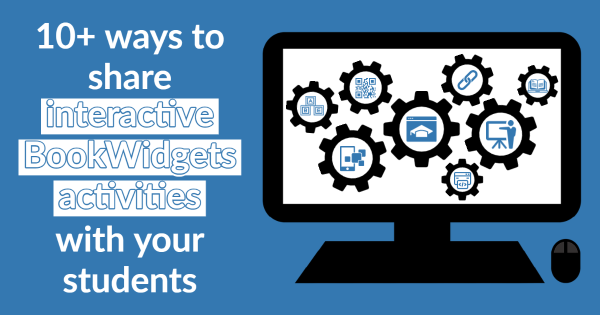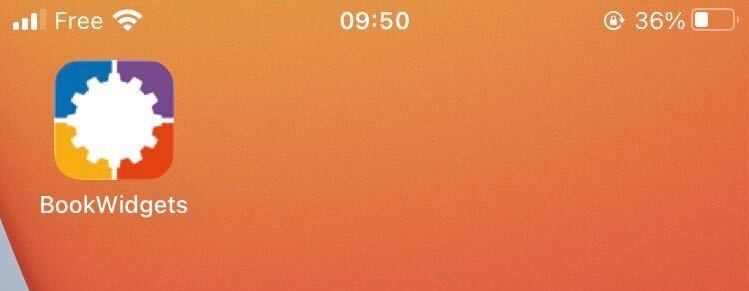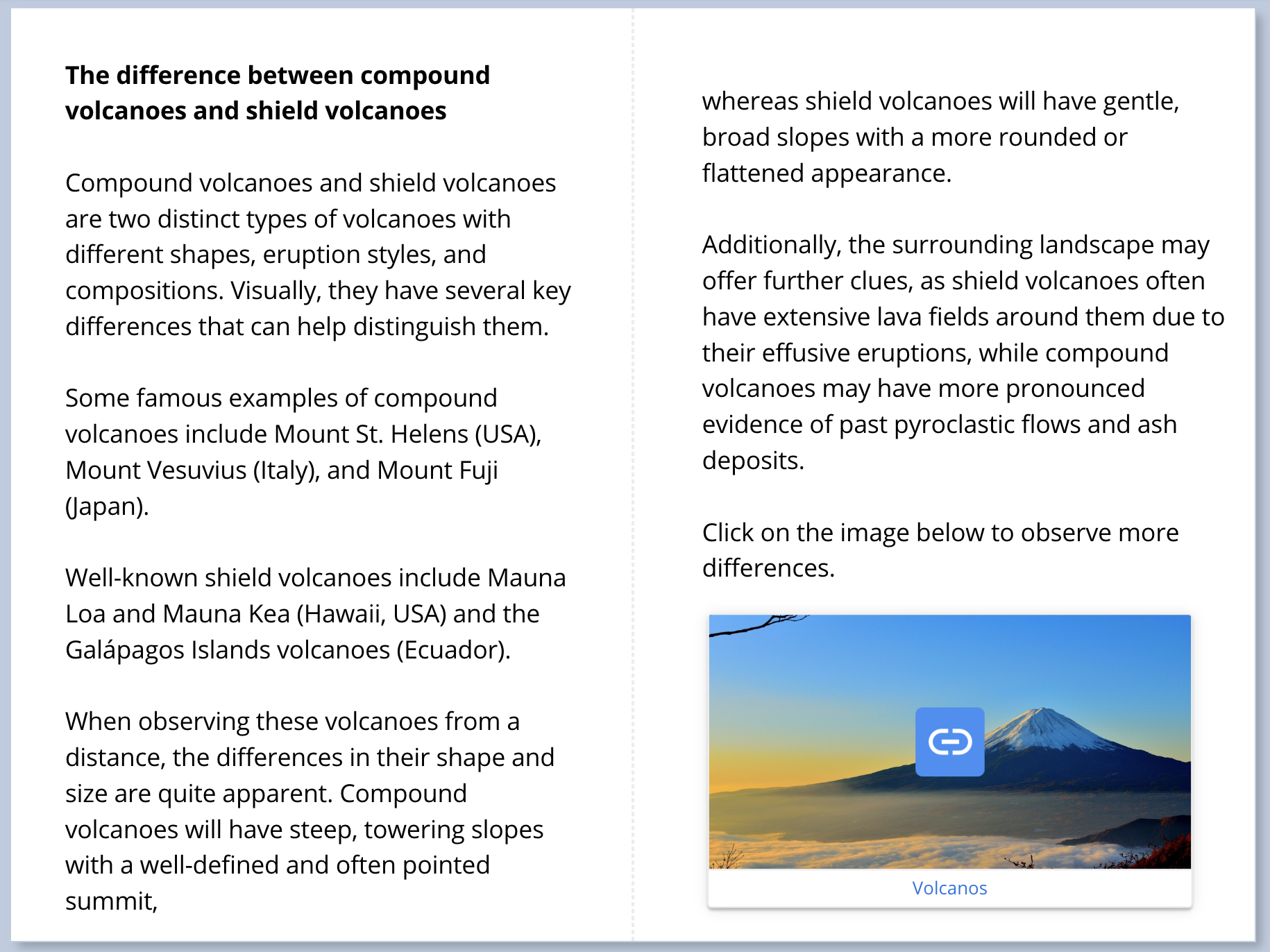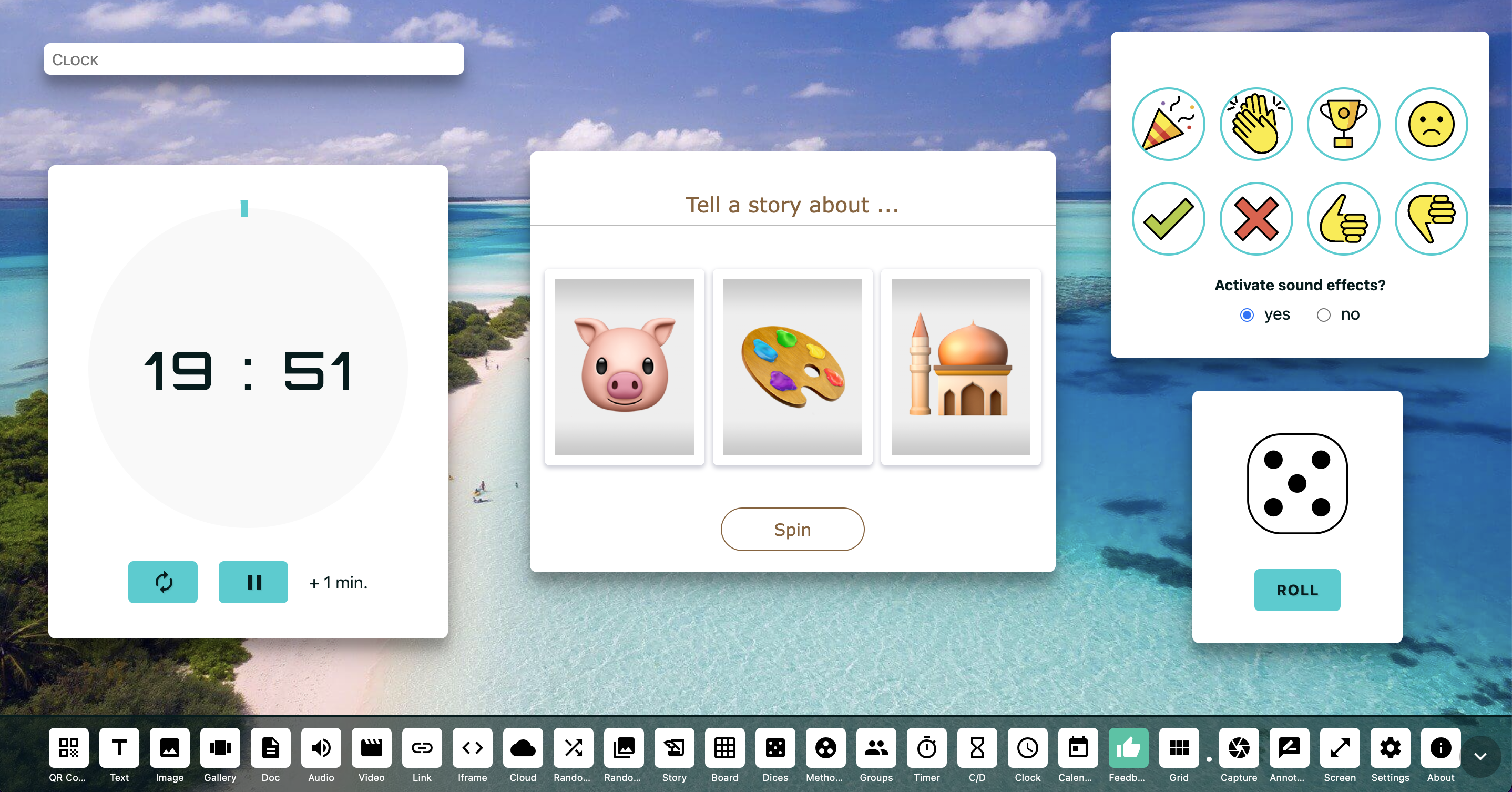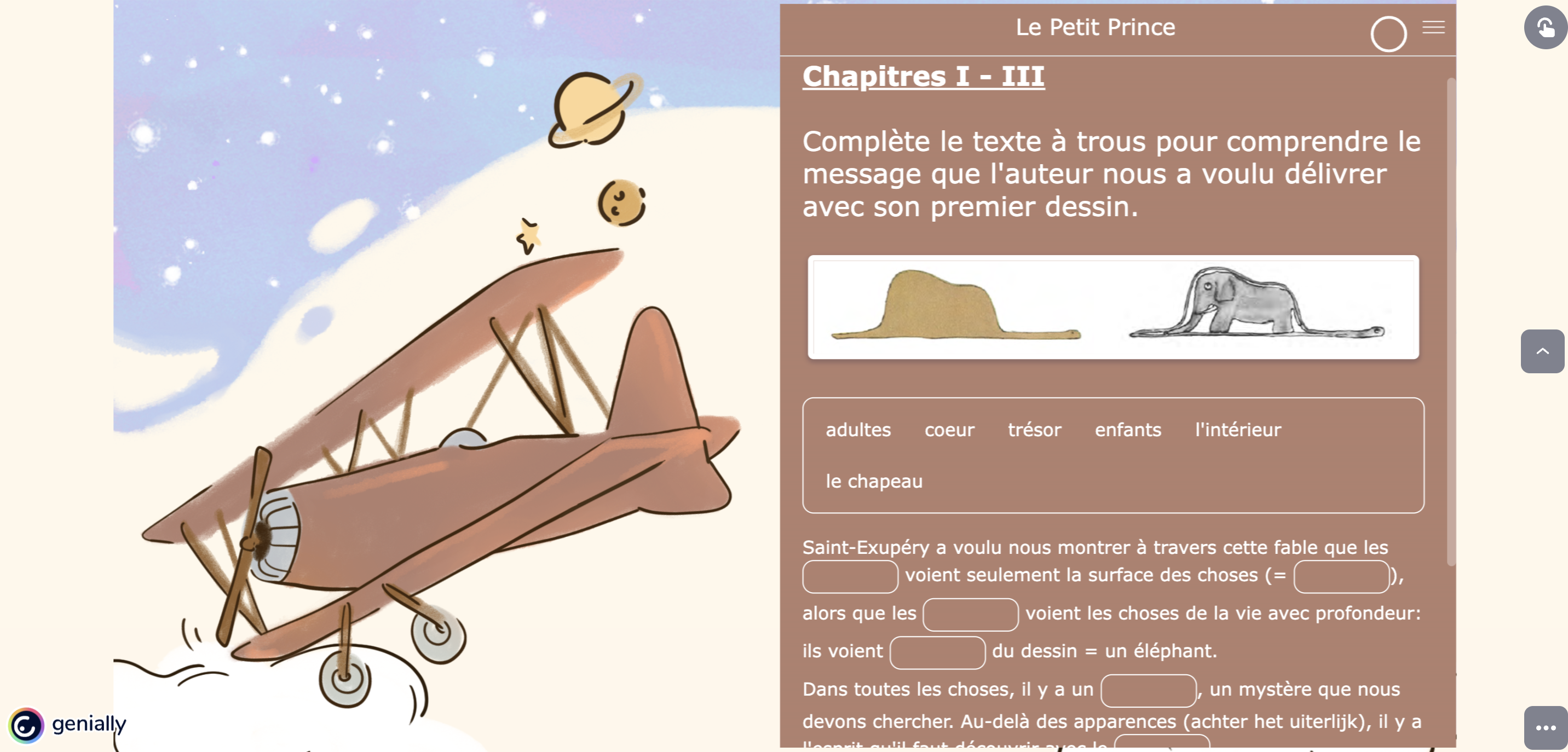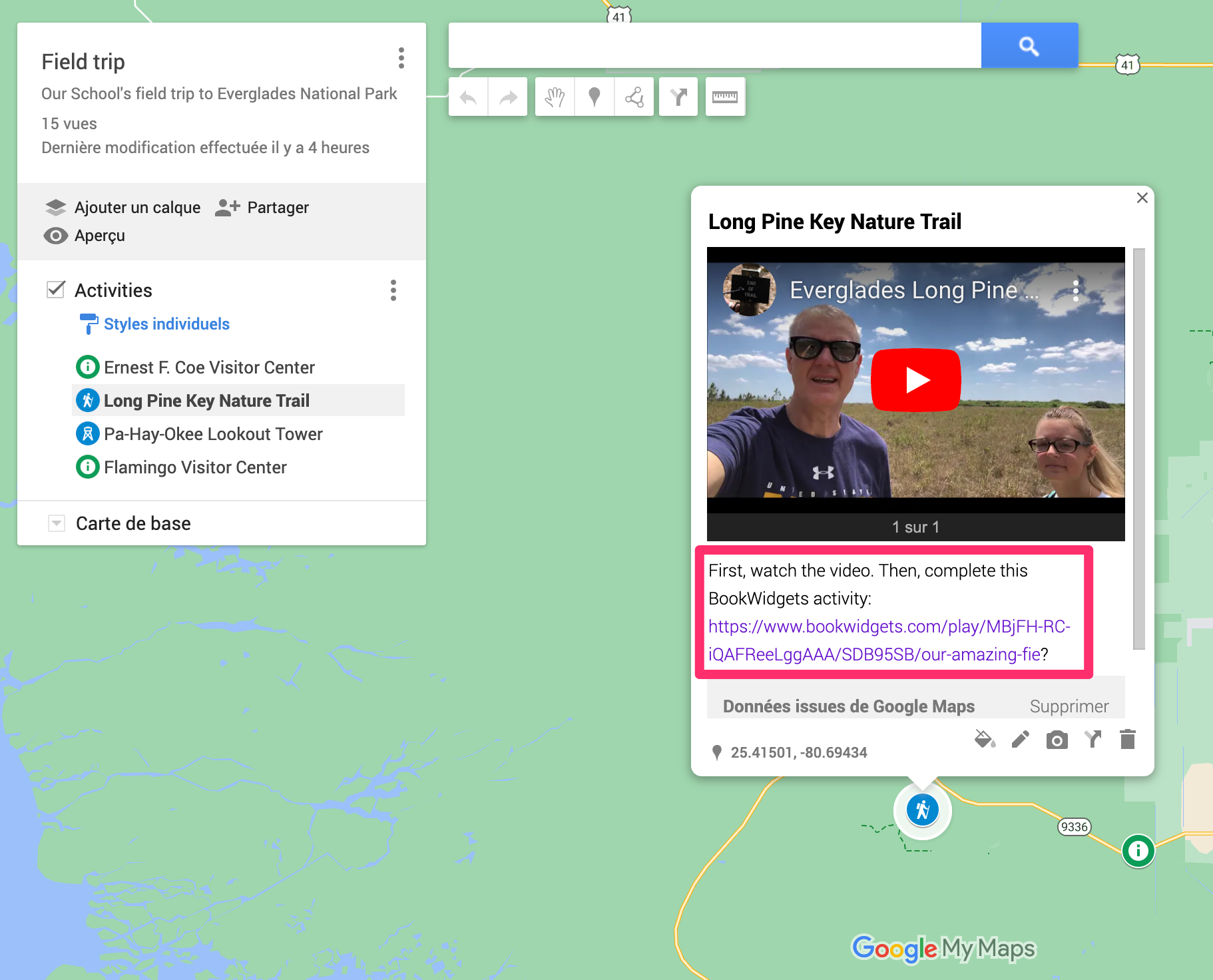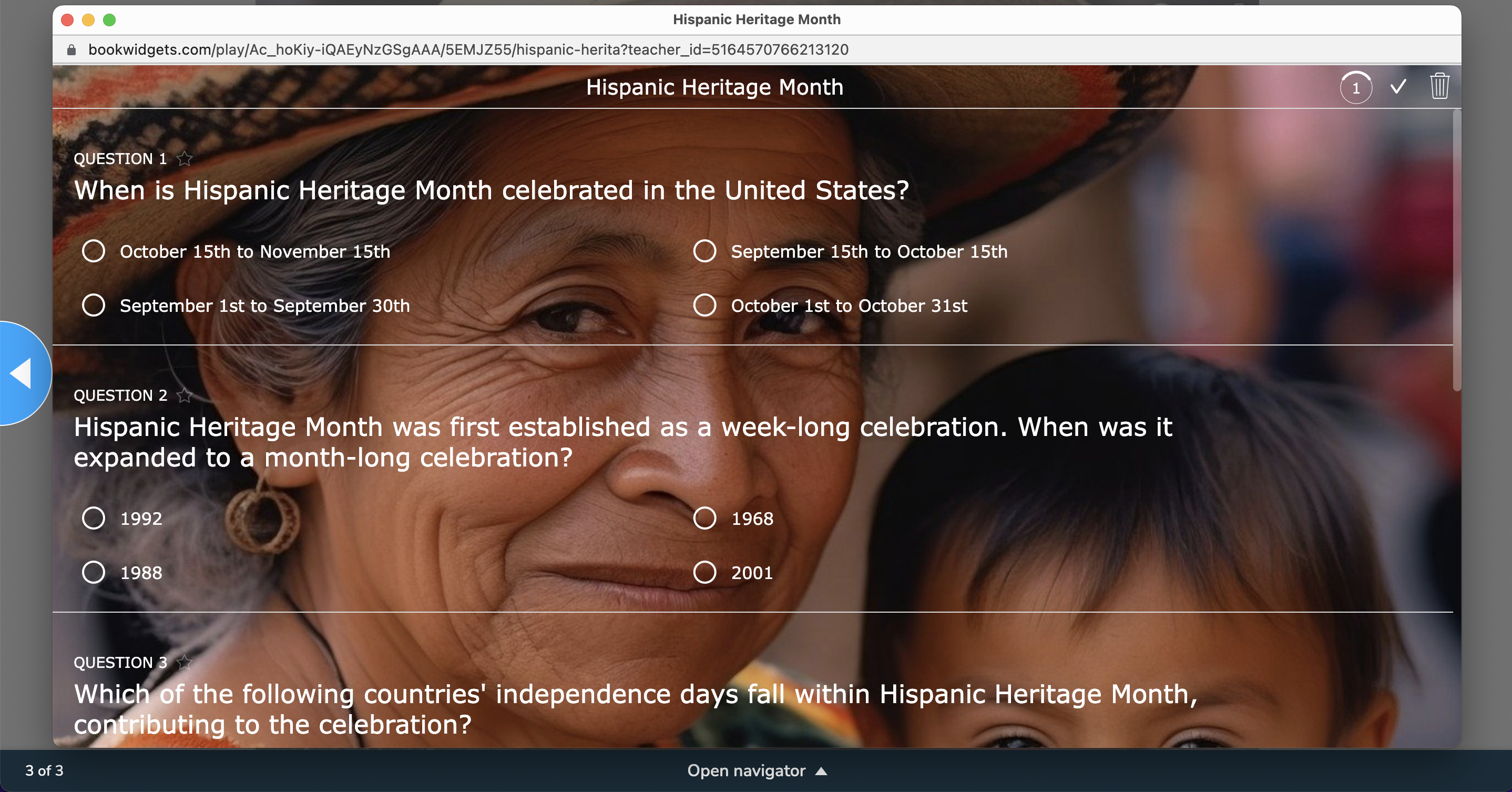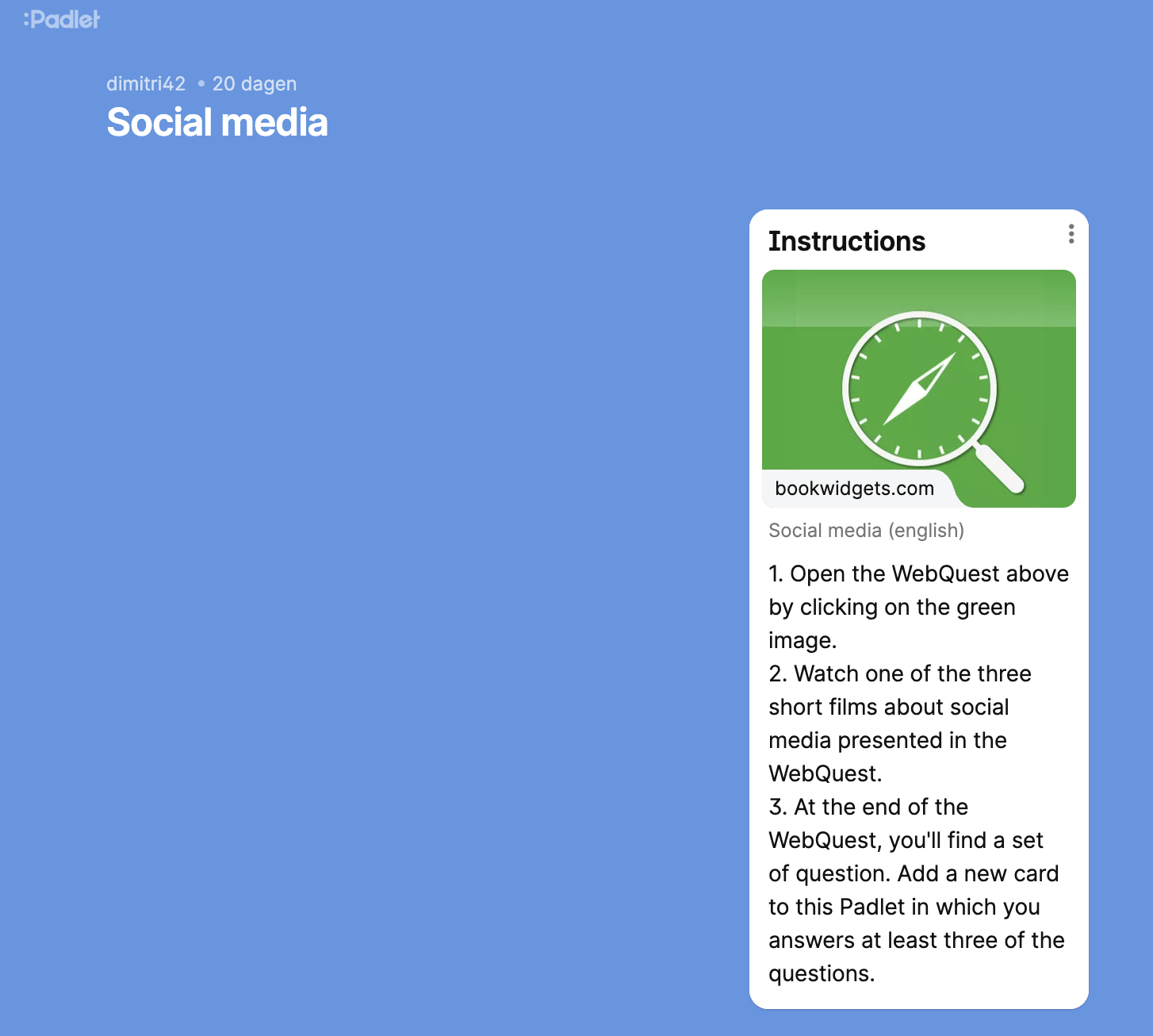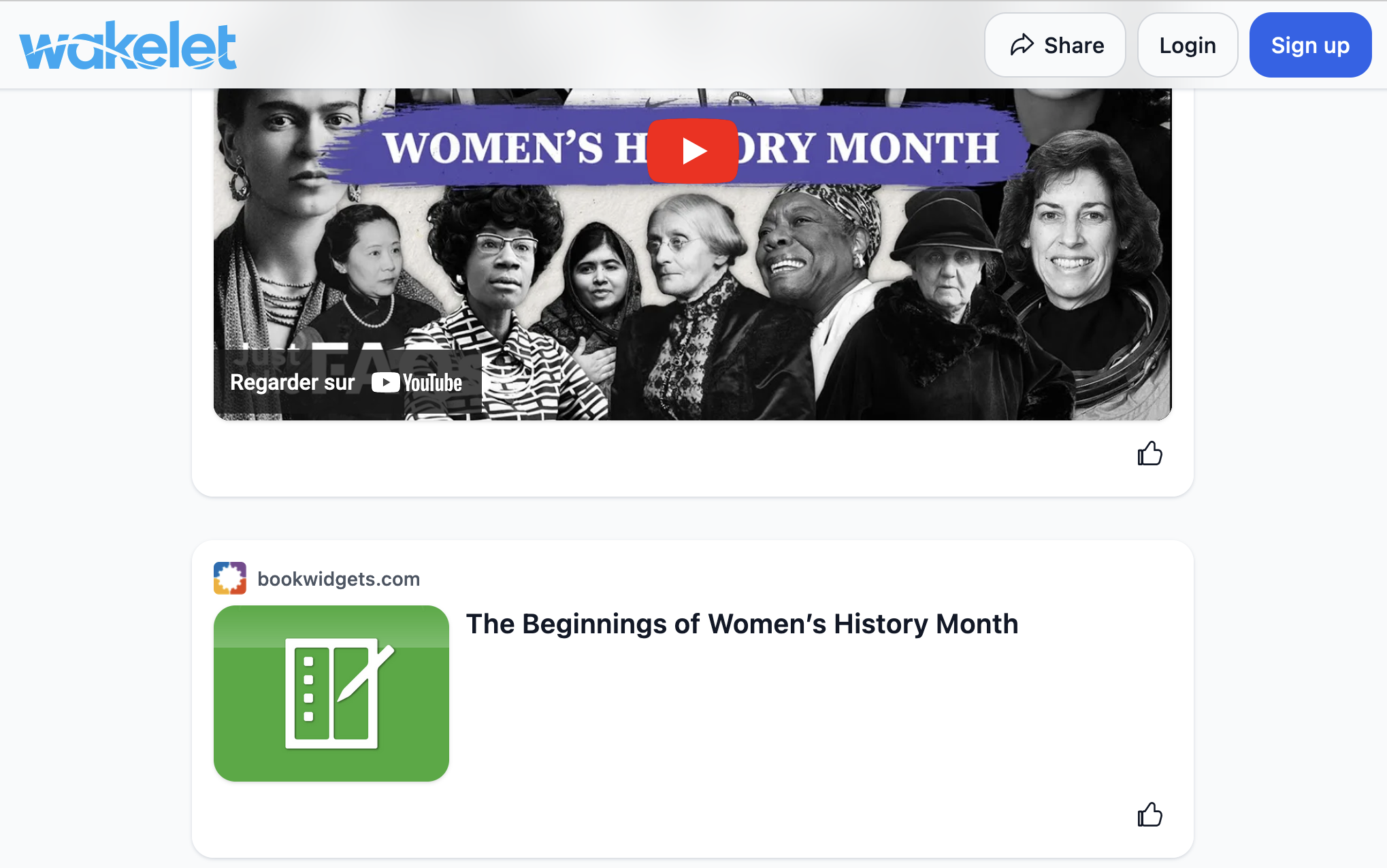10+ Ways to Share Interactive BookWidgets Activities with your Students
 Chelsey Both —
Chelsey Both —
If you’re a regular reader of this blog, we don’t need to convince you that fun and interactive activities will improve your students’ attention and engagement. Step one is creating them (with BookWidgets), and step two is to share them. BookWidgets wants to make sure sharing widgets is as easy as creating them. Given the diverse teaching contexts – for example, whether you use an LMS or not, whether your students use laptops or smartphones – there are several ways of sharing BookWidgets activities, or widgets, with your students.
In this blog post, I’ll show you the following ways to share widgets with students in any teaching environment, remote, hybrid or face to face. Make sure to start at the top of our list, as sharing a widget through the LMS you’re using is always the best way to share an activity with students.
- 1. Sharing widgets via Learning Management Systems (= The best way to share widgets!)
- 2. Sharing widgets via unique web links
- 3. Sharing widgets via QR codes
- 4. Sharing widgets via shortcodes
- 5. Embedding widgets in websites using an iframe
- 6. Sharing widgets in your presentations
- 7. Sharing widgets in your Kotobee ebook
- 8. Sharing widgets in other edtech apps
1. Sharing widgets via Learning Management Systems
 BookWidgets is integrated with several Learning Management Systems (platforms), such as Google Classroom, Microsoft Teams, Canvas, Moodle, Schoology, Blackboard, Brightspace, itslearning, and Smartschool. With these integrations (platforms), you can create, share and review widgets directly inside your learning management system. Your students only have to log in once, to their trusted learning management system, an educational environment they know.
BookWidgets is integrated with several Learning Management Systems (platforms), such as Google Classroom, Microsoft Teams, Canvas, Moodle, Schoology, Blackboard, Brightspace, itslearning, and Smartschool. With these integrations (platforms), you can create, share and review widgets directly inside your learning management system. Your students only have to log in once, to their trusted learning management system, an educational environment they know.
The Bookwidgets integration with your LMS also gives you the possibility to monitor students in real time when they are working on your BookWidgets assignments. This way, you can discover and help struggling students at the right time. You can also find students that need greater challenges.
💡Need to know: The “Live Widgets” feature, the synchronization of grades, and the fact that your students are automatically logged into a widget (= they don’t need to leave their name or e-mail address) are only possible if you share widgets through your connected LMS!
If you’re using one of the LMS platforms mentioned above, but haven’t set up the integration yet, or want to see exactly how to share a widget through your specific LMS, check out how in the “LMS Integrations” section of our tutorials. For some platforms, there is an additional tutorial for your LMS administrator.
💡Need to know: Are you using a different LMS than the ones mentioned above? If the LMS supports LTI-integration, BookWidgets can probably be integrated. Don’t hesitate to contact us at support@bookwidgets.com if you need more information.
2. Sharing widgets via unique web links
 Working outside a LMS? There are still ways to share an online widget activity with your students. The next best way is to share the activity with students through a unique web link . Anyone with the link is able to open the widget and complete the BookWidgets activity. There are two ways to retrieve this web link:
Working outside a LMS? There are still ways to share an online widget activity with your students. The next best way is to share the activity with students through a unique web link . Anyone with the link is able to open the widget and complete the BookWidgets activity. There are two ways to retrieve this web link:
A. When you log into your BookWidgets account via the website, you can navigate to the list with widgets you’ve created. Here, you can immediately share the widget with students without opening the widget. As shown on the image below you can simply click on the second button or the “share” icon. A dialog box will pop up and you can copy the sharing web link.

B. The second way is easier when you have just created a new widget and you want to share it immediately. This means that you are still in the configuration window of your widget. You’ll find a “Share” button in the upper right corner. Click on it and a dialog box will pop up for you to copy the unique web link.
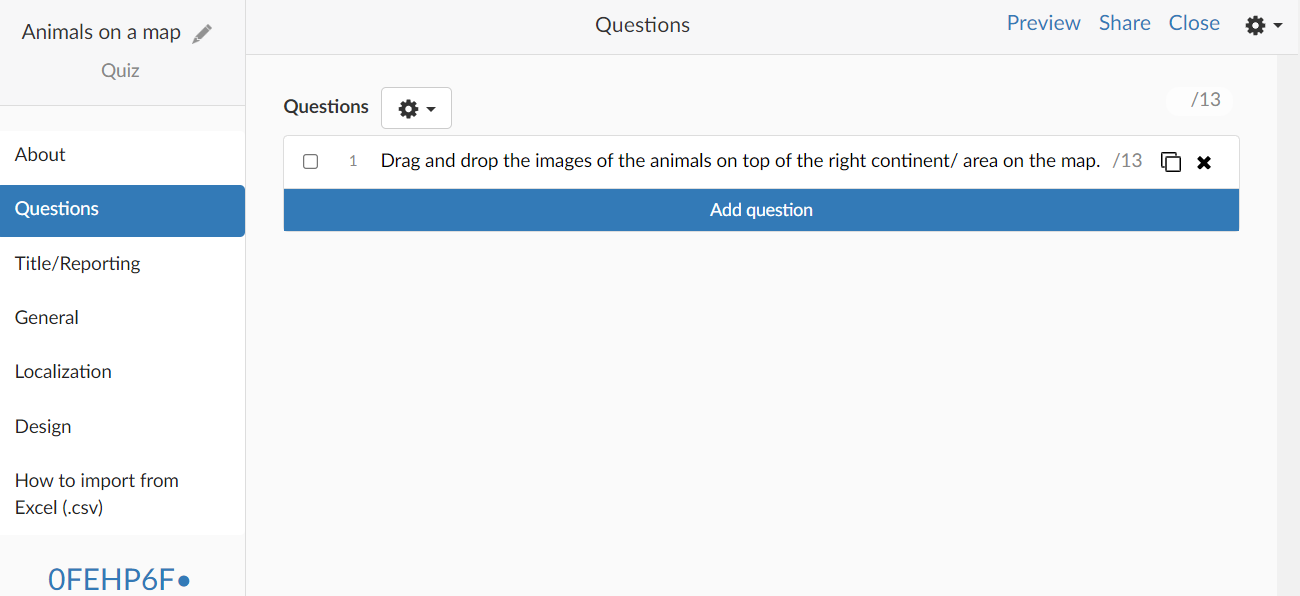
💡 Need to know: When you copy the unique web link, the “Send answers to me” button is automatically checked. This means that with this link, when students submit their answers, they only need to provide their name and email address at the end. The submissions will automatically go to your reporting dashboard.
If you uncheck this box, other teachers (with a BookWidgets account) will be able to use your widget and your students will have to provide the exact email address of the teacher they want to send their results to. This email address must be linked to a BookWidgets account.
Of course, all of this is important if your students need to submit their results. There are some instances where students don’t need to submit the widgets, they solely serve for practicing. For example, the randomness widget, a quiz or a worksheet where the teacher has disabled the submission of results.
3. Sharing widgets via QR Codes
 You can also share a widget through a QR Code. As BookWidgets activities work on all devices - even smartphones and tablets - sharing a QR Code on your interactive board so that students can scan it, is a very fast way of sharing an activity. When they have scanned the code the widget will open. You can also copy the QR Code and add it to your paper handouts. This way, you can easily motivate students with digital lesson materials added to their paper textbooks.
You can also share a widget through a QR Code. As BookWidgets activities work on all devices - even smartphones and tablets - sharing a QR Code on your interactive board so that students can scan it, is a very fast way of sharing an activity. When they have scanned the code the widget will open. You can also copy the QR Code and add it to your paper handouts. This way, you can easily motivate students with digital lesson materials added to their paper textbooks.
To get the QR Code, you can use one of the two ways mentioned above. Instead of copying the unique web link, you will now have to click on “Show QR Code” and a QR code will appear. Sharing a widget using a QR Code is the best way to share when you’re not working with an LMS, and you have younger students that have smartphones or tablets at their disposal.
💡 Need to know: The “Send answers to me” checkbox also works for QR Code. To make it easy for yourself, I suggest to keep it checked at all times so the students’ responses come directly to your reporting dashboard in BookWidgets.
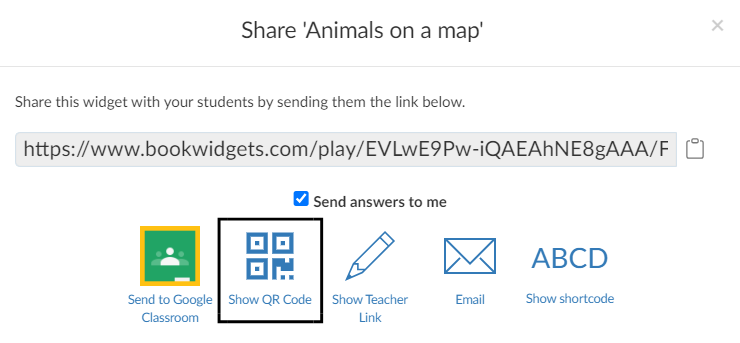
4. Sharing widgets via shortcodes
 Another way of sharing a widget is through a shortcode. However, we strongly discourage using this for widgets with submissions (such as Quiz, Worksheet, …). In such cases, students simply enter the email address associated with the teacher’s BookWidgets account to submit the widget. As you know, students may make mistakes when entering as email addresses. So, it’s a bit risky if you use this sharing method for high stakes tests, exams or other important evaluations. Students also need to enter their name. So, you never have a way to really authenticate if the name of the student correlates with the student that really submitted this widget. To avoid these issues, we recommend to share the widget through an LMS (or with the unique web link).
Another way of sharing a widget is through a shortcode. However, we strongly discourage using this for widgets with submissions (such as Quiz, Worksheet, …). In such cases, students simply enter the email address associated with the teacher’s BookWidgets account to submit the widget. As you know, students may make mistakes when entering as email addresses. So, it’s a bit risky if you use this sharing method for high stakes tests, exams or other important evaluations. Students also need to enter their name. So, you never have a way to really authenticate if the name of the student correlates with the student that really submitted this widget. To avoid these issues, we recommend to share the widget through an LMS (or with the unique web link).
So, why would you use this way of sharing then? Well, if …
- you’re not connected to an LMS (LMS sharing),
- you can’t send your students a unique web link (Unique web link sharing),
- you don’t have smartphones or tablets at your fingertips (QR Code sharing),
- and you’re sharing widgets that students don’t have to submit (to make sure results don’t get lost);
…then, you’re good to go with a shortcode Just hit the share button (like mentioned in “Sharing widgets via unique web links”). When the dialogue box pops up, you can choose “Show Shortcode” in the right corner. Share the code you get with your students.
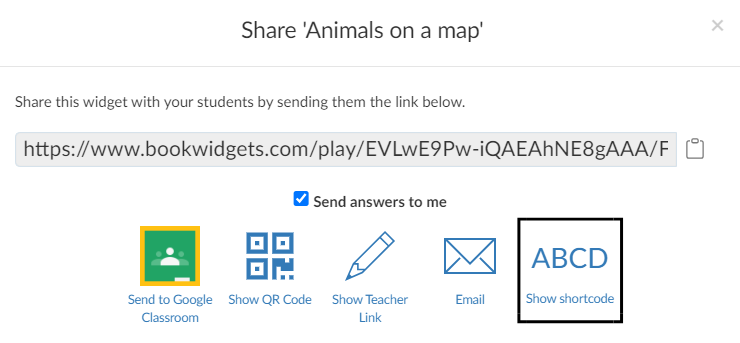
Your students will naviate to bookwidgets.com/play and enter the code there.
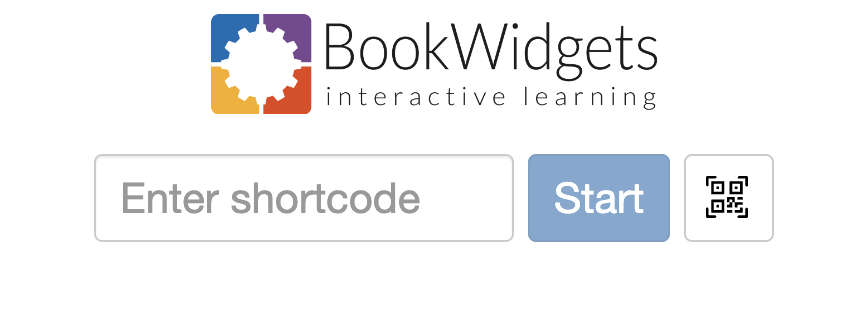
💡 Need to know: Students can bookmark www.bookwidgets.com/play and add it as an icon on their iPad or smartphone. This will make it look like an app. Click here to find out more.
5. Embedding widgets in websites using iframe
 This is one of the more technical ways, but in fact it is really easy. If you want to embed widgets in other websites, you need to add an “iframe”. In most cases, you can simply copy and paste the HTML code that looks like this:
This is one of the more technical ways, but in fact it is really easy. If you want to embed widgets in other websites, you need to add an “iframe”. In most cases, you can simply copy and paste the HTML code that looks like this:
<iframe src="https://COMPLETE WIDGET LINK HERE" width="1024" height="768"></iframe>
Replace the text “COMPLETE WIDGET LINK” by the widget link, which you can obtain by clicking on the “Share-button” in the widget editor. Or you can copy-paste the play-link of a widget in a free iframe generator like this one. It will generate an iframe code for you.
In some cases, the website or platform you’re using requires installing some sort of plugin to embed third party content (like BookWidgets-activities). Consult their online manual or contact their support service if necessary.
💡 Need to know: Sharing widgets on public websites with many visitors is not by default part of your BookWidgets license. For a school or classroom website with a limited number of visitors (= your own students), there is no problem using an iframe or widget link. When potentially reaching a wider audience, contact sales@bookwidgets.com.
6. Sharing widgets in your presentations
 Teachers frequently incorporate presentations in their classrooms, so it’s time for me to show how you can raise your presentation to the next level! Integrating widgets in presentation tools like Google Slides, PowerPoint, Keynote, and Canva is really easy! There are several ways to do this, and I’m here to explain them to you.
Teachers frequently incorporate presentations in their classrooms, so it’s time for me to show how you can raise your presentation to the next level! Integrating widgets in presentation tools like Google Slides, PowerPoint, Keynote, and Canva is really easy! There are several ways to do this, and I’m here to explain them to you.
Option 1: Use the unique web link
Grab your unique widget web link that you created by following “Sharing widgets via web links”. For the next step you have to select text or image in your slide. The link will be placed behind this selected text or image so when students click on it, the BookWidgets activity will open. Once you’ve selected your text or image, right mouse click and choose “Insert link” in the dropdown menu. You will also find the link icon 🔗 in your toolbar.
If you work with Google presentation, you will see this dialog box 👇
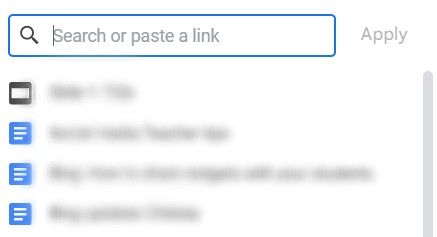
Option 2: Use the QR code
I explained in the third way how you could get a QR code, so click here if you want to go back to review. Once you have the QR code, you can save it on your device or copy/paste it into your presentation. Now students can scan the code to open the widget.
7. Sharing widgets in your Kotobee ebook
 Kotobee Author allows you to create EPUB-based interactive ebooks. It’s free, compatible with numerous devices and platforms, and most importantly, you can add widgets to your Kotobee books to make them even more interactive! If you’re interested in this sharing method, it’s definitely worth checking out this blog post. We tell you more about installing the app, creating the book, and exporting the ebook. When you’ve read this blog post, you’re ready to start sharing widgets with your students.
Kotobee Author allows you to create EPUB-based interactive ebooks. It’s free, compatible with numerous devices and platforms, and most importantly, you can add widgets to your Kotobee books to make them even more interactive! If you’re interested in this sharing method, it’s definitely worth checking out this blog post. We tell you more about installing the app, creating the book, and exporting the ebook. When you’ve read this blog post, you’re ready to start sharing widgets with your students.
💡 Need to know: This way of sharing a widget, requires you to download the widget first, so you can upload it to the book later. To download your widget, go to the configuration of the widget and hit the cogwheel ⚙️ in the upper right corner. Choose “Download” from the dropdown list.
8. Sharing widgets in other edtech apps

In a previous blog post, we’ve already presented how other edtech tools can integrate into BookWidgets. Conversely, there are many edtech apps in which BookWidgets can be embedded, which of course provides additional ways to share widgets. If you fancy a bit of edtech app smashing, read on to find out how BookWidgets can be shared in apps like Book Creator, Classroomscreen, Genially, and more. For each integration, we’ve added an example. Click on the image to view the example.
From a technical point of view, embedding BookWidgets in other edtech tools always comes down to sharing either the widget link (see section 2.) or an iframe code (see section 5.), depending on which of those two sharing methods the selected edtech tool supports. Please note that when sharing widgets by weblink or by iframe, you do not have a connection to an LMS. So we recommend these methods rather for widgets without submission.
Sharing widgets in Book Creator
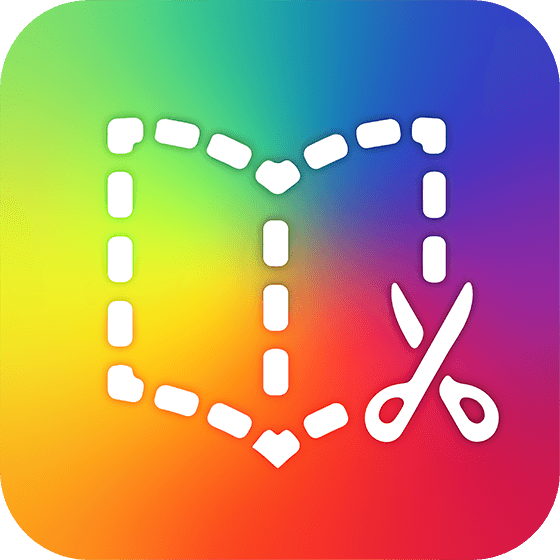 Book Creator is a user-friendly digital tool that enables teachers to create and publish their own interactive ebooks, combining text, images, audio, and video elements.
Book Creator is a user-friendly digital tool that enables teachers to create and publish their own interactive ebooks, combining text, images, audio, and video elements.
How to embed a BookWidgets activity in Book Creator?
When editing a Book, click on the “+” icon in the upper right corner. Chose the “More” tab and select “<> Embed”. Copy-paste the embed code of your widget.
Sharing widgets in Classroomscreen and Digiscreen
 Classroomscreen and Digiscreen are browser-based tools designed for teachers with digital blackboards, offering various widgets to enhance classroom engagement and organise lesson content.
Classroomscreen and Digiscreen are browser-based tools designed for teachers with digital blackboards, offering various widgets to enhance classroom engagement and organise lesson content.
How to embed a BookWidgets activity in Classroomscreen?
Once you’ve opened a digital screen, click on “More widgets” (in the menu bar at the bottom of the screen), chose “Embed” or “Hyperlink” and copy-paste the iframe or the web link of the widget.
How to embed a BookWidgets activity in Digiscreen?
Once you’ve opened a digital screen, click on “Link” or “Iframe” and copy-paste the the web link or the iframe of the widget. In Digiscreen, you can also paste the widget-link in the “Iframe” part, it will automatically generate the iframe and embed the widget nicely in the tool.
Sharing widgets in Genially

Genially is an all-in-one online tool that allows teachers to create and share interactive and visually engaging multimedia content, such as presentations, infographics, and interactive images, without requiring advanced technical skills.
How to embed a BookWidgets activity in Genially?
In the editor of a presentation, choose “Insert” and navigate to the “<> Others” tab. Copy-paste the iframe of your widget.
Sharing widgets in Google MyMaps

Google MyMaps is a mapping tool that enables users to create custom maps, incorporating personalized markers, information, and multimedia content, making it an engaging way to visually present and explore geographic concepts. We’ve already presented Google MyMaps in a previous blog post, but wat we didn’t mention in that blog post is that Google MyMaps supports links, which makes it possible to link to a widget in the markers on your map, an interesting feature for your next virtual field trip!
How to share a BookWidgets activity in Google MyMaps?
When editing a map, add a marker or edit an existing one. In the text field, copy-paste the widget link.
Sharing widgets in Nearpod

Nearpod is an interactive educational platform that enables teachers to create engaging multimedia lessons, collaborate with students in real-time, and assess their learning progress.
How to share a BookWidgets activity in Nearpod?
Create or edit a lesson, add a slide and choose “Web content”. Copy-paste the widget link.
Sharing widgets in Padlet
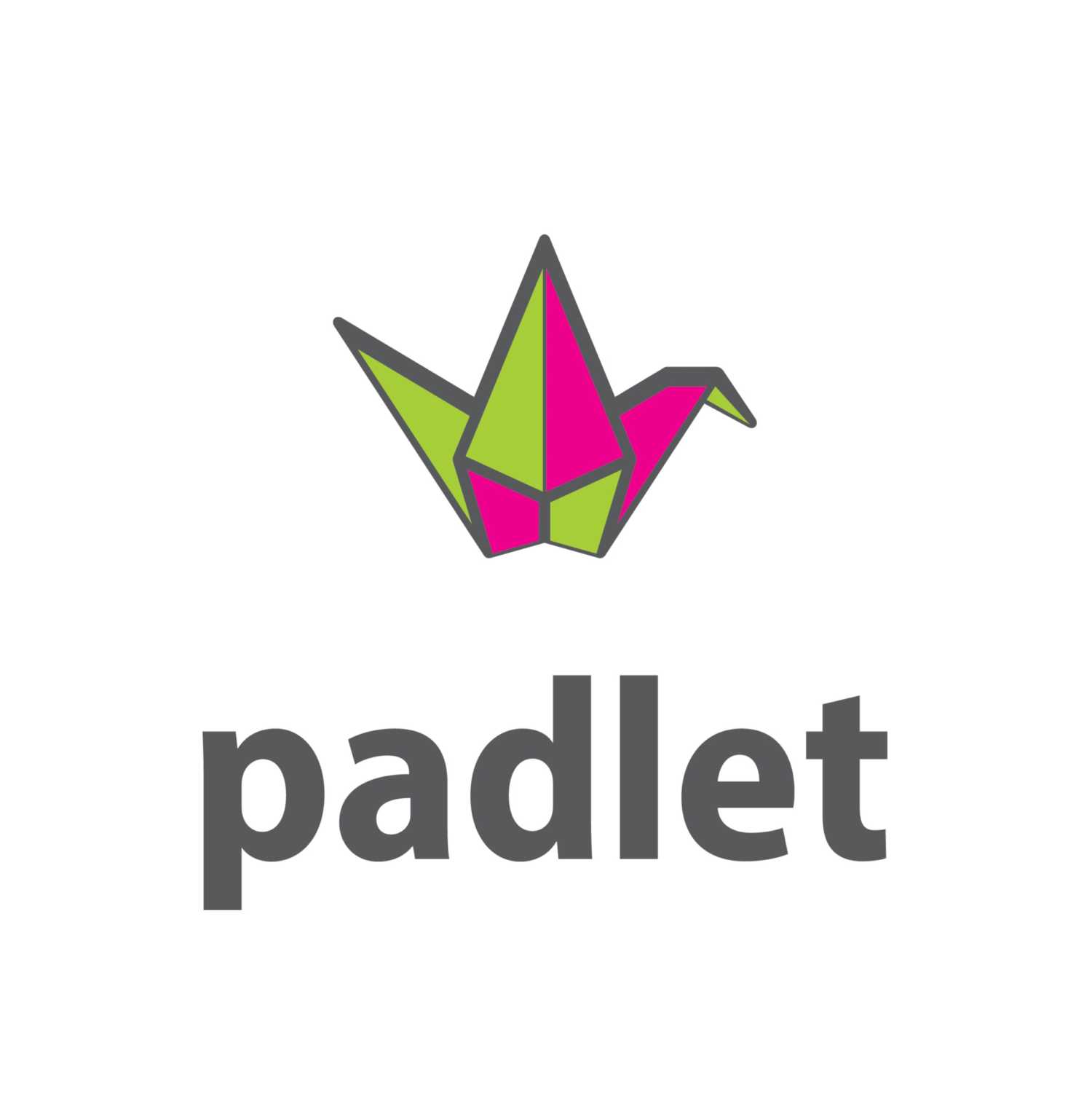
Padlet is a virtual wall and collaborative platform that allows users to easily create, share, and organize digital content like notes, images, and videos in a visually appealing format. Find more inspiration on using Padlet in your lessons in this blogpost.
How to share a BookWidgets activity in Padlet?
In a Padlet board, add a new card, click on the third icon (“Add link”) and copy-paste the widget link.
Sharing widgets in Wakelet

Wakelet is a content curation platform that allows users to save, organize, and share various types of content, including links, articles, videos, and images, in visually appealing collections.
How to share a BookWidgets activity in Wakelet?
Create or edit a collection and copy-paste the widget link into the content input bar. You can organise it by dragging and dropping it.
Sharing widgets in other edtech tools
This selection of edtech tools in which you can share BookWidgets activities is by no means exhaustive. Any tool that supports sharing web links or iframes can be used to share widgets. Are you sharing your BookWidgets activities in another EdTech tool? Let us know on Twitter!
Wrap up
As you can see, there are so many ways to share your widgets with your students. You just have to find the one that’s best for you! Remember, if you’re working with one of the mentioned LMS platforms above, this is always the best way to share a widget!
Share this blog post with your colleagues so they will learn which are the best ways of sharing widgets. #SharingIsCaring 😉
Join our Teaching with BookWidgets Facebook community to help other teachers or to be inspired. And connect with BookWidgets on Twitter.

